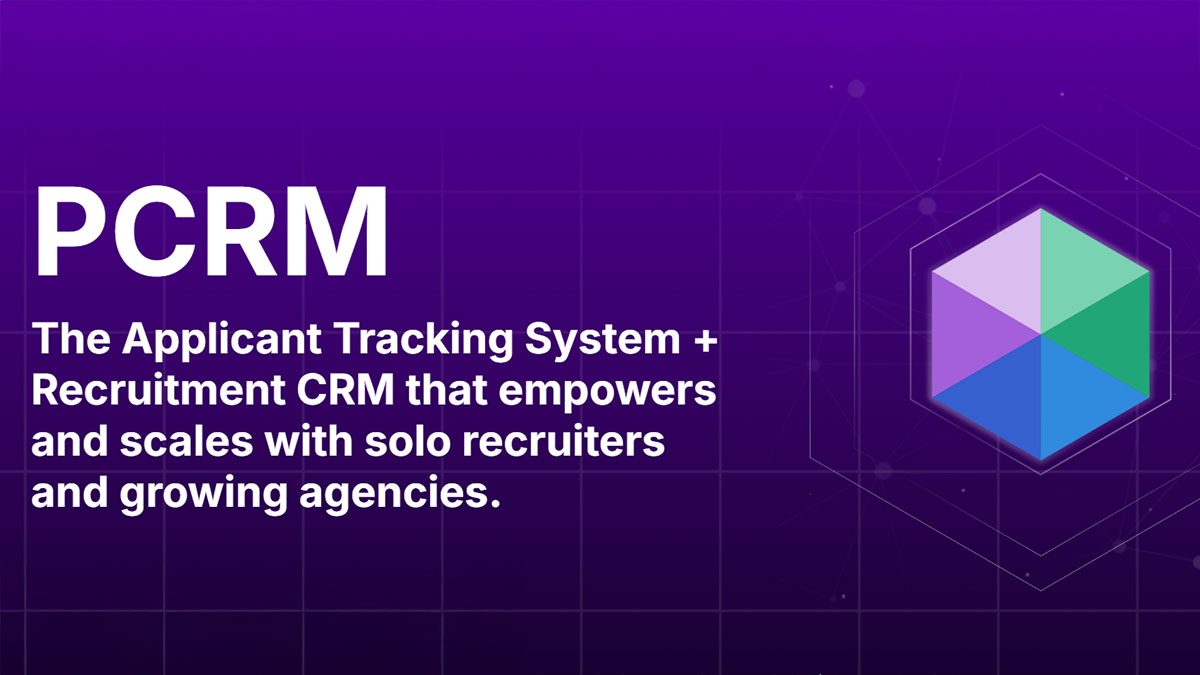It’s no surprise that the current economic recession has had a negative impact on business, and during times when companies are hiring fewer employees, ATS (Click here) and recruiting software companies also begin to suffer.
Fortunately, however, the opposite also is true. That means as companies begin to feel more financially stable and want to start hiring new employees and creating new jobs, recruiting companies can expect to see a surge in business. According to a new report, that is already beginning to happen.
Bullhorn, a staffing and recruiting software company, recently released “Recovery: Are We There Yet?” For the report, the company asked staffing and recruiting professionals about their expectations for economic recovery and its effect on the industry.
The results found that many companies anticipate business will improve by the middle of next year. Of the respondents, 60 percent said business has already improved or would improve before the end of the year, while 22 percent said business will pick up by the end of Q1 2010.
Despite the fact that 54 percent of respondents saw decreases in revenue and profit, there were optimists across the entire recruiting spectrum, with nearly 50 percent of companies expecting increases in revenue and profit during the second half of next year.
The report further found:

PCRecruiter’s AI tools for content generation, candidate summary, and internal data search are now available FREE for a limited time.
Read more
PCRM — the CRM and Recruitment ATS hybrid built specifically to empower and scale with solo recruiters and growing agencies — is now available.
Read more
Recruitment professionals are facing a new challenge in today’s digital landscape: scammers posing as legitimate recruiters. These scammers are increasingly targeting remote work job seekers, causing some candidates to become wary of all recruitment outreach.
Read moreFind out more about who we and what we do.